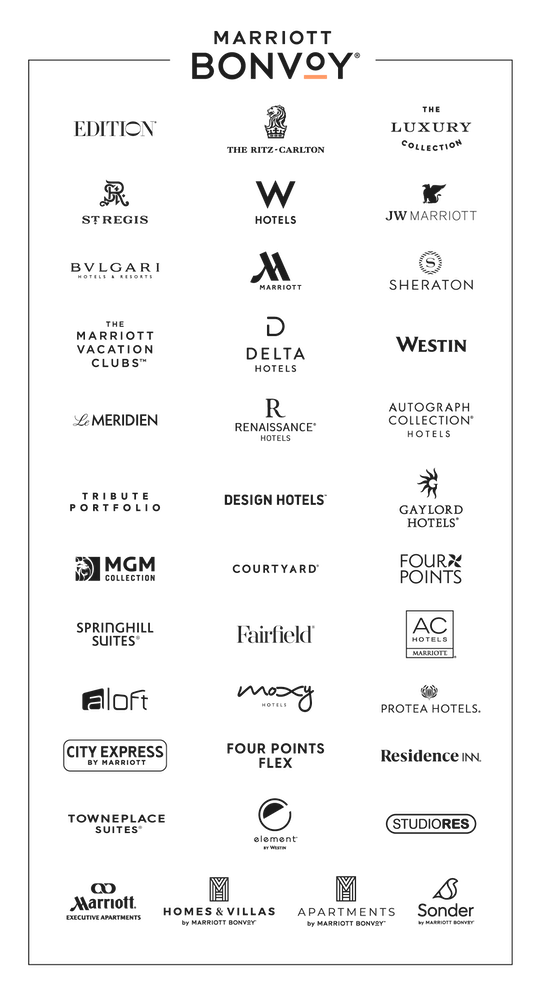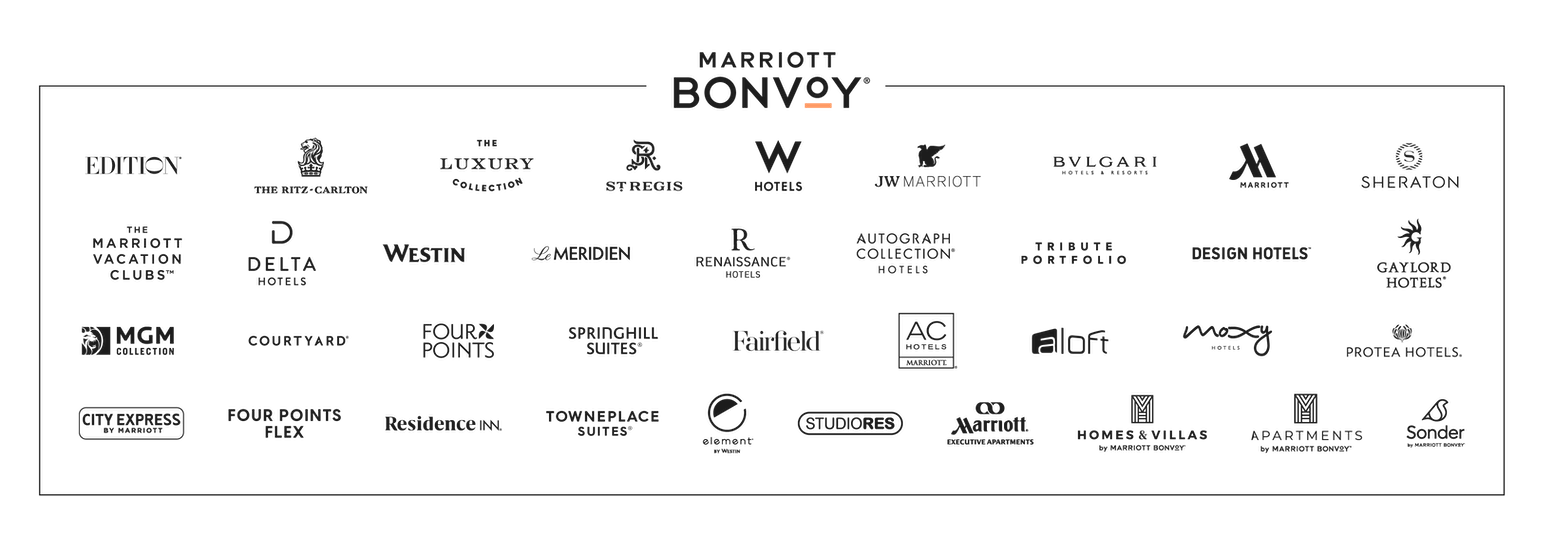Small Meetings, Big Impact: The Power of “Everyday Events”
Flagship events—annual meetings, biannual expos, major conferences—have their place. But a new trend is emerging that amplifies the power of host organizations, and the power of community.
Meet “everyday events”: smaller, more frequent touchpoint meetings. These everyday events—which can be as short as a half-day in duration—are on a smaller scale than what many planners might be used to, and not just in attendance. They have smaller budgets, more focused goals, and more limited time for promotion. But just because they’re smaller doesn’t mean they carry less weight.

It’s Time for “Everyday Events” to Shine
Research from the sales event platform Splash shows that people need to interact with a brand nearly 30 times before actually making a purchase—a number that’s increased more than 60% in just two years.
Regardless of whether your event is sales-focused, this emerging phenomenon has a place in your meeting strategy. There’s more information available than ever before, so to drive loyalty—whether in sales, membership, or attention—purpose-driven frequency is key.
Touchpoint events also have the potential to address one of meeting planners’ 2023 pain points: availability. Finding availability for events was planners’ No. 2 challenge in a recent survey by Global DMC Partners. It might seem counterintuitive that more events can help relieve this pressure, but because everyday events are shorter in duration, planners can take advantage of one-day slots at venues and in supplier schedules, which are easier to come by.
Finally, there’s the human factor. The tumult of the past few years has attendees reevaluating the big picture—and yearning for connection. Hosting smaller, more frequent events allows people to nurture that instinct. And if that instinct turns into a loyal attendee for flagship events? All the better.

Four Principles for Creating Successful Touchpoint Events
1. Lean into what makes an everyday event special. If you approach a touchpoint meeting as a miniature version of an annual conference, you’ll be overwhelmed and attendees won’t get what they need. Instead, remember your mission for these events.
Intimacy-building. Creating a pipeline of communication. Fostering connections that go beyond networking and into collaboration. Large meetings can achieve these goals, but everyday events are crafted specifically for them. Let that guide your attention and your resources.
2. Frequent meetings require frequent communication. Potential delegates can easily be overwhelmed with emails and text blasts about events, and overdoing it risks drowning out communications about larger, revenue-building events. That said, the nature of everyday events means that attendees who might be interested but can’t make the first few iterations might be able to attend later ones.
Social media can hit the right tone and frequency about touchpoint events without overwhelming attendees. Strategic hashtags can help you subtly avoid confusion among followers about the difference between flagship events and these smaller ones. Also consider a unique branding for these events—an “unplugged” version (softer colors, less flashy typefaces) of your larger event communications can help get the point across.
3. Get experimental. Everyday events aren’t incubators for larger events. That said, their smaller scale allows you to try out new formats and new suppliers with less risk. You can even use everyday events as a pressure test for themes and topics for upcoming conferences and panels, inviting attendees at the smaller events to share their experiences with the “trial-size” version on your social channels to generate excitement for larger meetings. (Who doesn’t love feeling like an insider?)
The smaller format also lets you better connect with attendees to hear their feedback. Post-event surveys are always useful, but these smaller events are also a space for casual feedback, because you’ll have less going on during the event itself. Let attendees tell you what they want to see, what worked, and what didn’t—not just for potential use in upcoming larger events, but to inform your strategy for your next intimate gathering.
4. Choose your team wisely. Touchpoint events are a lighter lift for you and your team, but they still require a good deal of communication. This shows in what marketers report as the No. 1 problem with repeatable events, according to Splash: coordinating across departments.
Think of your team as a task force, with each member selected for a specialized skill. When assembling your task force, look for people who are adept at creating systems that can pseudo-automate the logistical planning that goes into these events, people who don’t need a lot of hand-holding, and people who might thrive on having a pet project. Everyday events are an opportunity for early-to-mid-career meeting planners who have enough experience to know what success looks like and how to get there, so keep an eye out for eager employees who are at that point in their careers.

